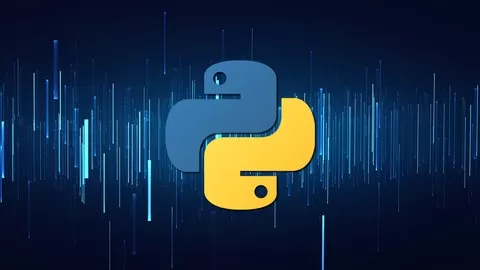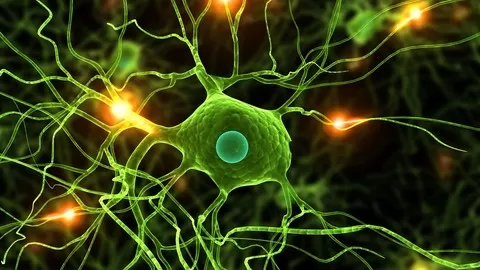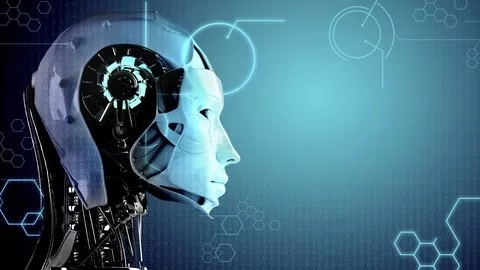In this course we are going to look at NLP (natural language processing) with deep learning.
Previously, you learned about some of the basics, like how many NLP problems are just regular machine learning and data science problems in disguise, and simple, practical methods like bag-of-words and term-document matrices.
These allowed us to do some pretty cool things, like detect spam emails, write poetry, spin articles, and group together similar words.
In this course I’m going to show you how to do even more awesome things. We’ll learn not just 1, but 4 new architectures in this course.
First up is word2vec.
In this course, I’m going to show you exactly how word2vec works, from theory to implementation, and you’ll see that it’s merely the application of skills you already know.
Word2vec is interesting because it magically maps words to a vector space where you can find analogies, like:
•king – man = queen – woman
•France – Paris = England – London
•December – Novemeber = July – June
For those beginners who find algorithms tough and just want to use a library, we will demonstrate the use of the Gensim library to obtain pre-trained word vectors, compute similarities and analogies, and apply those word vectors to build text classifiers.
We are also going to look at the GloVe method, which also finds word vectors, but uses a technique called matrix factorization, which is a popular algorithm for recommender systems.
Amazingly, the word vectors produced by GLoVe are just as good as the ones produced by word2vec, and it’s way easier to train.
We will also look at some classical NLP problems, like parts-of-speech tagging and named entity recognition, and use recurrent neural networks to solve them. You’ll see that just about any problem can be solved using neural networks, but you’ll also learn the dangers of having too much complexity.
Lastly, you’ll learn about recursive neural networks, which finally help us solve the problem of negation in sentiment analysis. Recursive neural networks exploit the fact that sentences have a tree structure, and we can finally get away from naively using bag-of-words.
All of the materials required for this course can be downloaded and installed for FREE. We will do most of our work in Numpy, Matplotlib, and Theano. I am always available to answer your questions and help you along your data science journey.
This course focuses on “how to build and understand”, not just “how to use”. Anyone can learn to use an API in 15 minutes after reading some documentation. It’s not about “remembering facts”, it’s about “seeing for yourself” via experimentation. It will teach you how to visualize what’s happening in the model internally. If you want more than just a superficial look at machine learning models, this course is for you.
See you in class!
“If you can’t implement it, you don’t understand it”
•Or as the great physicist Richard Feynman said: “What I cannot create, I do not understand”.
•My courses are the ONLY courses where you will learn how to implement machine learning algorithms from scratch
•Other courses will teach you how to plug in your data into a library, but do you really need help with 3 lines of code?
•After doing the same thing with 10 datasets, you realize you didn’t learn 10 things. You learned 1 thing, and just repeated the same 3 lines of code 10 times…
Suggested Prerequisites:
•calculus (taking derivatives)
•matrix addition, multiplication
•probability (conditional and joint distributions)
•Python coding: if/else, loops, lists, dicts, sets
•Numpy coding: matrix and vector operations, loading a CSV file
•neural networks and backpropagation, be able to derive and code gradient descent algorithms on your own
•Can write a feedforward neural network in Theano or TensorFlow
•Can write a recurrent neural network / LSTM / GRU in Theano or TensorFlow from basic primitives, especially the scan function
•Helpful to have experience with tree algorithms
WHAT ORDER SHOULD I TAKE YOUR COURSES IN?:
•Check out the lecture “Machine Learning and AI Prerequisite Roadmap” (available in the FAQ of any of my courses, including the free Numpy course)











